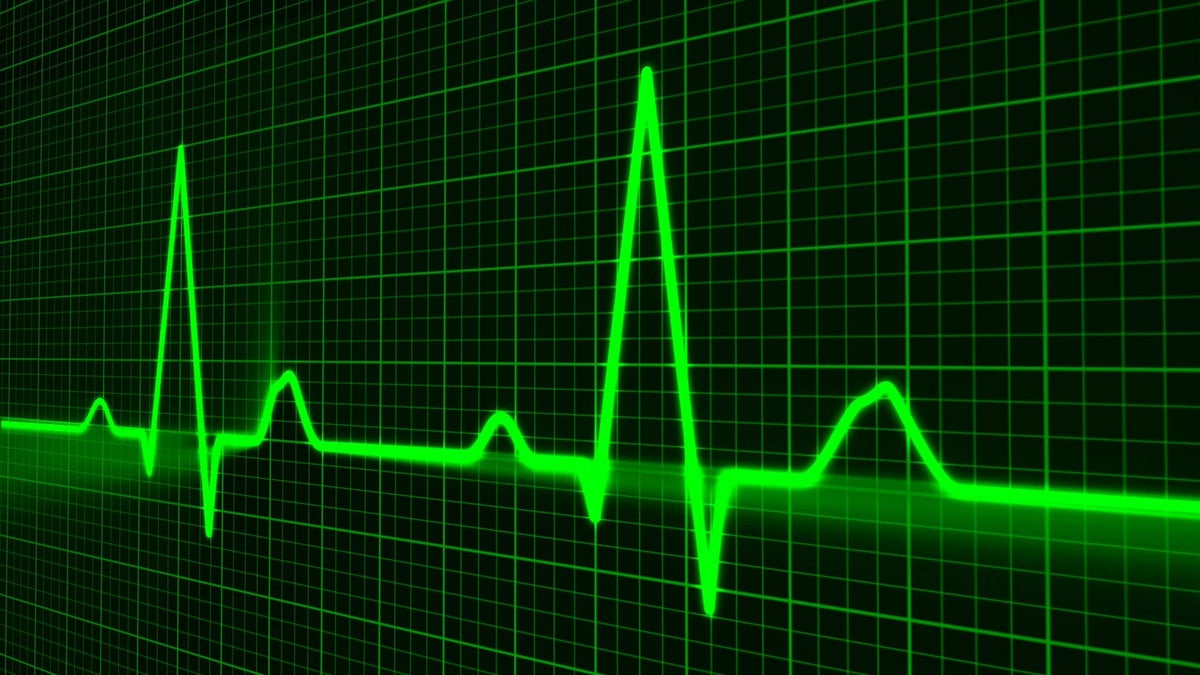
Has Apple lived up to its promises on digital health? Perhaps not, but perhaps this is because we lack international standards for digital medical technology.
A heavily regulated space
Digital health is, rightfully, a heavily regulated space. Those who build solutions in that space must prove their products do what they claim. An easy way to see it is that while you can say apps and services may be of use for overall health, you can’t say they will make a difference — unless you can prove that claim.
What makes this more difficult is the lack of an internationally agreed upon set of standards around the space. There is work going on to create something, but it seems to be a very long process. The ITU and WHO in 2019 introduced a new global standard for safe listening devices (H.870). The UK, Canada, and Singapore are working together on the development of a common regulatory approach. All the same, digital health standards remain fragmented on an international basis.
That’s a problem for a mass market global brand like Apple.
That ECG thing
Think back to when Apple introduced ECG/EKG readings on Apple Watch. The lack of regulatory harmony meant the feature launched first in the US and then only slowly became available in other markets.
At this stage, it seems clear Apple Watch is part of the plan Apple has for health and that it remains heavily invested in digital health research to realize its ambitions. But there is another challenge: consumers won’t want to pay a premium for health features they don’t need.
Platform developers are often accused of controlling the evolution of technologies, but they also enable such innovation to take place. In terms of health, part of Apple’s response has been to build platforms the healthcare space can use to build their own third-party solutions.
Outsourcing innovation?
These solutions solve real-world problems and may feed into future platform innovation. Take Clarius, which has introduced ultrasound scanners that work with iOS and Android smartphones. These wireless scanners are about the size of an iPhone and can beam accurate images at up to 40 meters.
You can explore a gallery of clinical images captured by them and find a range of use cases online. You’ll find these tools suitable for a range of clinical care scenarios, from musculoskeletal (sports medicine) and facial aesthetics to veterinary medicine and pain management.
The idea of wireless, smartphone-compatible medical devices is particularly exciting when it comes to surgery, as wireless portability and accurate imaging from these devices can be life-saving. They can be used on the front line of care outside hospitals and clinics.
Digital health, AR and AI
Google Glass may have failed to light a fire, but it did see success in healthcare. Surgeons used them to access patient records and important diagnostic materials during a procedure. (I’m curious about whether Clarius’ systems will support Apple’s VR/AR goggles when they appear.)
There is also an Artificial Intelligence (AI) angle in the new scanners, this time in machine vision intelligence. Some may recall the brilliant Gauss Surgical Triton app or and Ibex Second Read system, which also use machine vision. The Clarius scanners deploy AI to optimize the images it scans, which makes it easier to get top quality imaging in life-or-death situations.
The developers of the solution have also introduced a range of add-on software tools for specific needs, including obstetrics, musculoskeletal, plastic surgery, vascular, and even veterinary workflows.
This is all for the good, of course, but a lack of international standardization — along with the justifiably high burden of proof when developing solutions like this — surely hampers innovation.
Why this is a problem
First, developers of digital health devices must manage very different regulatory needs before they can get their products approved in different nations. Secondly, new solutions then arrive that are limited for use in single markets, as companies navigate the cost and complexity of the approvals process.
This is why these innovative Clarius scanners are only available in the US, where the Food and Drug Administration has approved them. Regulatory clearance in other regions is “pending,” the company said. Clarius does offer other scanner models in multiple nations, so it may benefit from the experience of getting those devices approved elsewhere. All the same, this fragmented regulatory environment illustrates why even the most well-financed developments take time.
Apple, for example, has long been thought to be working to develop a non-invasive blood glucose sensor. This hasn’t appeared — perhaps because of the challenge reflect different regulatory requirements? The company will want its solution to win approval in as many countries as possible, after all.
Democratizing healthcare, or maximizing profit?
Despite all this complexity, the eventual rewards of tech innovation in the health sensor space should include lower-cost equipment, the capacity to provide advanced health scanning solutions across a much wider estate of need, and the ability to provide medical treatment in remote places, or even remotely.
All the same, it’s going to take time and money to make it to that promised land – and it is unlikely that existing highly profitable healthcare providers will be easily convinced to turn what may be lower equipment costs into lower cost care.
Please follow me on Twitter, or join me in the AppleHolic’s bar & grill and Apple Discussions groups on MeWe.



